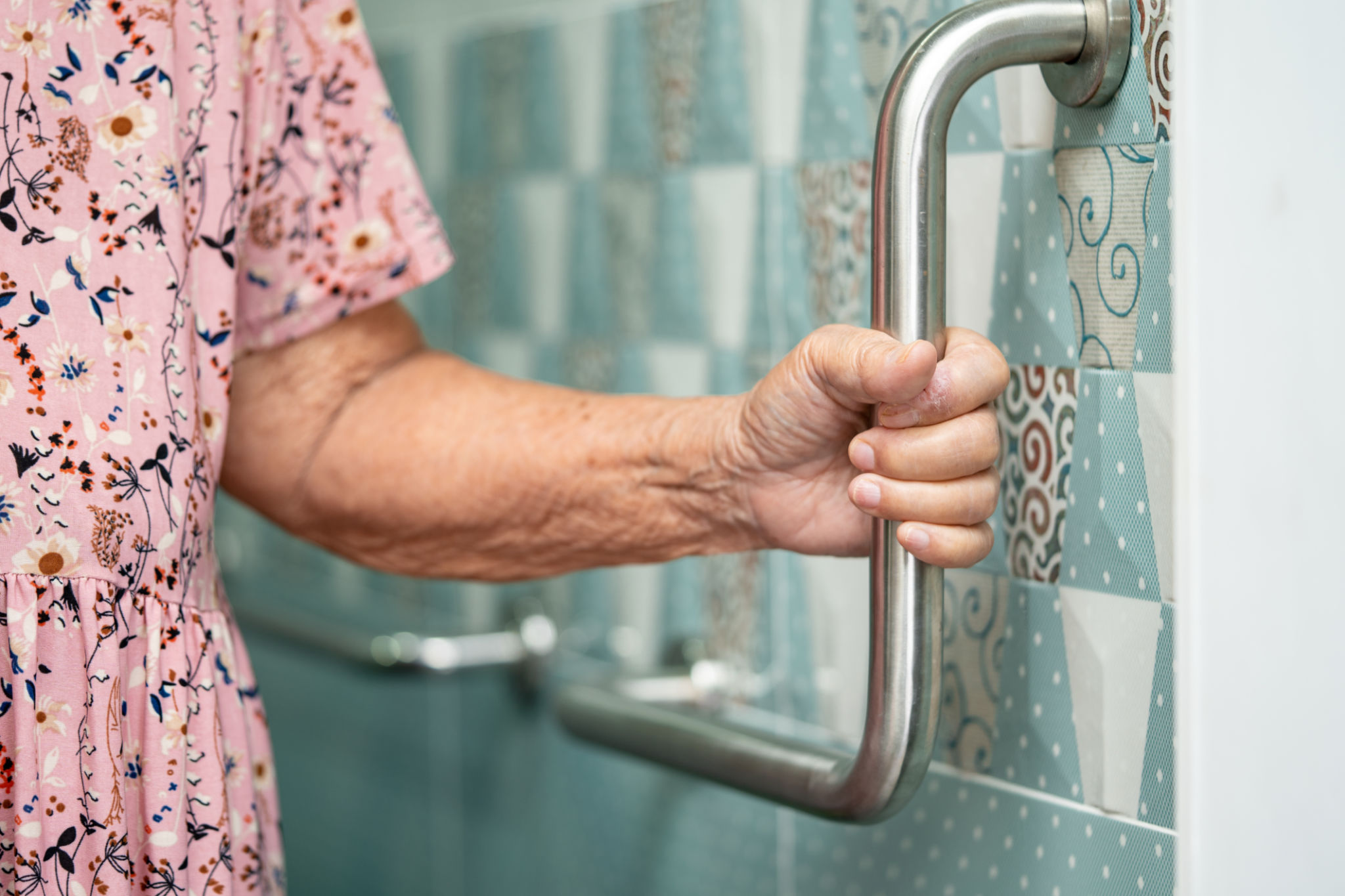How to Prepare Your Home for Elderly Care: A Step-by-Step Guide
Assessing the Needs of Your Elderly Loved One
Before making any changes to your home, it's vital to understand the specific needs of your elderly loved one. Consider their mobility, cognitive abilities, and any medical conditions that may require special accommodations. This initial assessment will guide you in creating a safe and comfortable environment tailored to their requirements.
Consulting with healthcare professionals can provide valuable insights into necessary adjustments. Occupational therapists, for instance, can offer recommendations based on the individual's physical limitations. Ensure their living space promotes independence while also minimizing risks.

Adapting the Living Spaces
Once you've assessed their needs, focus on adapting key areas of the home. Start with the most frequently used spaces, such as the bedroom, bathroom, and kitchen. Each room should be easily accessible and free of hazards that could lead to falls.
Bedroom Modifications
In the bedroom, consider installing grab bars near the bed and ensuring there are clear pathways for easy movement. Beds should be at a comfortable height, allowing easy transfer from standing to sitting. Adequate lighting is also essential to prevent nighttime accidents.
Bathroom Safety Enhancements
The bathroom is often the most hazardous area for seniors. Equip it with non-slip mats, grab bars, and a shower chair to provide stability. If possible, a walk-in shower can be a safer alternative to a bathtub. Additionally, temperature-controlled faucets prevent burns from hot water.

Ensuring Accessibility Throughout the Home
Accessibility is key in maintaining freedom and independence for your elderly family member. Evaluate door widths to ensure they can accommodate wheelchairs or walkers if needed. Ramps might be necessary where there are stairs or elevated entrances.
Light switches and thermostats should be within easy reach. Lever-style handles are often easier for arthritic hands to operate compared to traditional round knobs.
Creating a Supportive Environment
Beyond physical adjustments, creating an emotionally supportive environment is crucial. Encourage social interaction by setting up communal spaces where family members can gather. A cozy living room with comfortable seating can foster connection and engagement.

Technology and Monitoring Systems
Modern technology offers various solutions to enhance safety and connectivity. Consider installing motion sensors, medical alert systems, and smart home devices that allow for remote monitoring. These tools can provide peace of mind and ensure immediate assistance if needed.
Video doorbells and security cameras further contribute to a secure environment, allowing caregivers to monitor activity and address concerns promptly.
Regular Maintenance and Updates
Finally, maintaining and updating your home adaptations is essential as your loved one's needs change over time. Regularly check that all equipment remains in good working order and conduct safety audits to identify new risks.
Engage with healthcare professionals periodically to reassess needs and make necessary adjustments, ensuring a continually supportive living environment.

By following these steps, you can create a home that not only meets the physical needs of your elderly loved one but also provides emotional comfort, allowing them to live with dignity and independence.